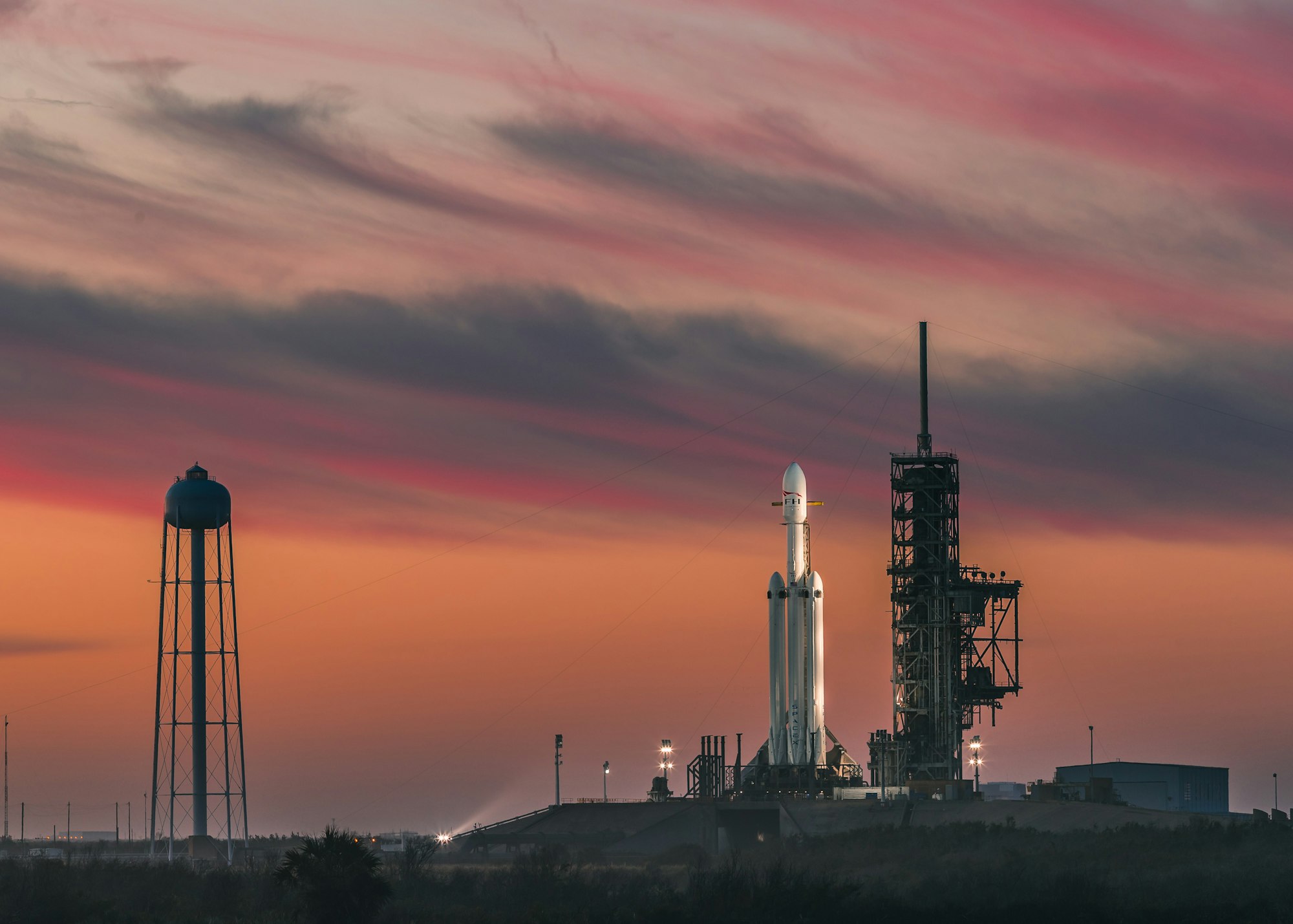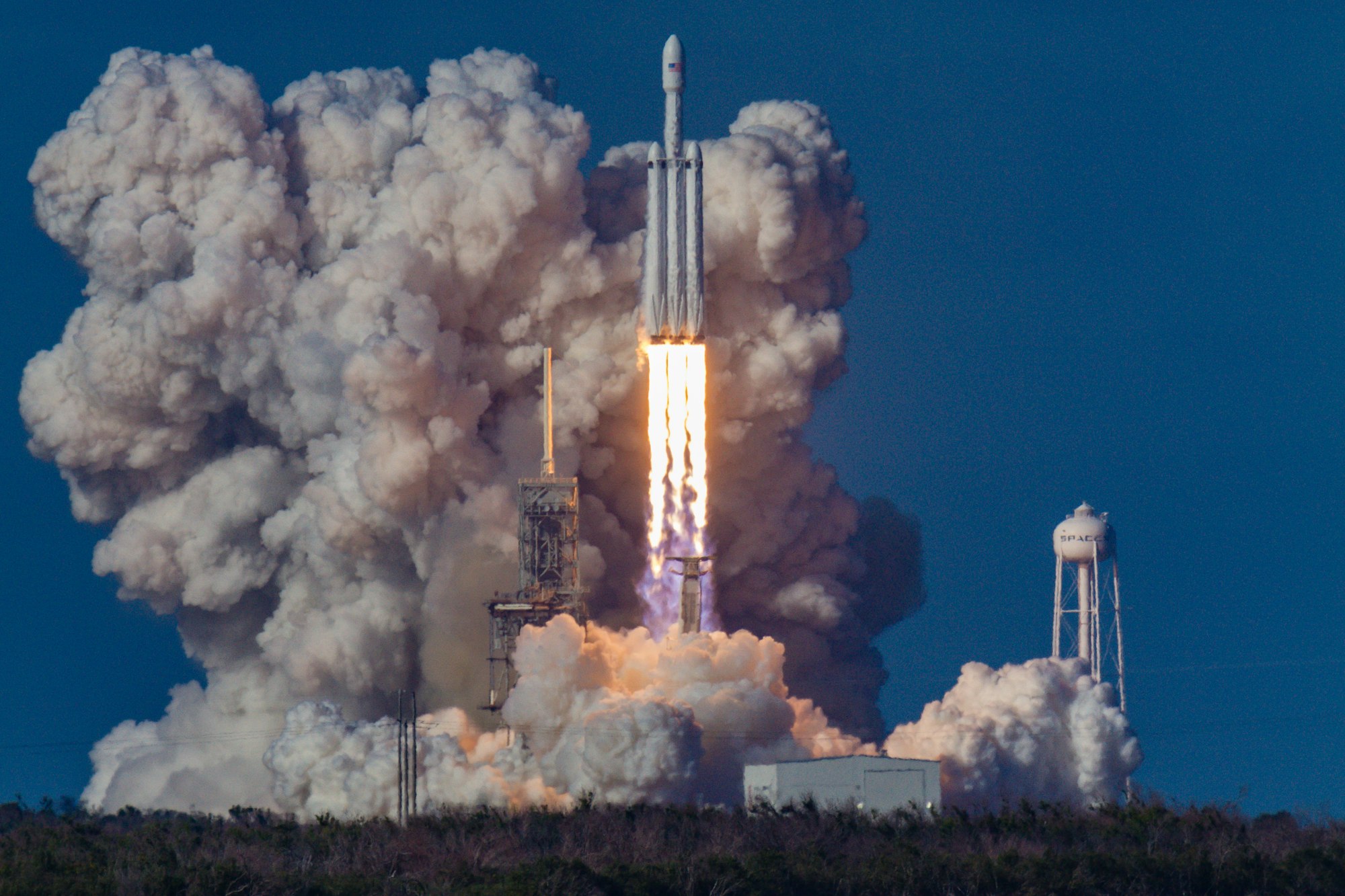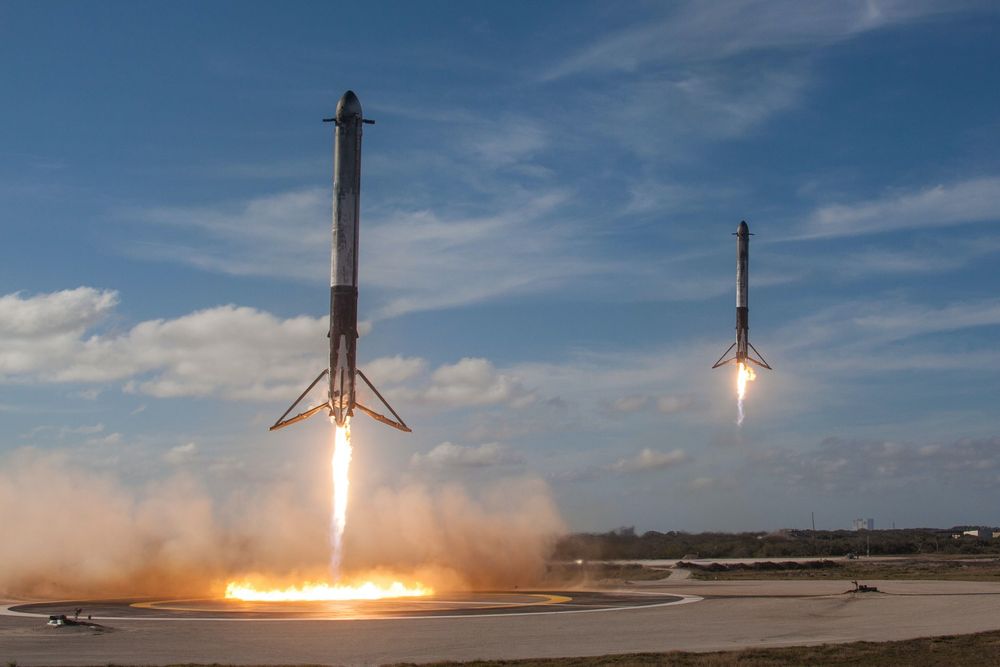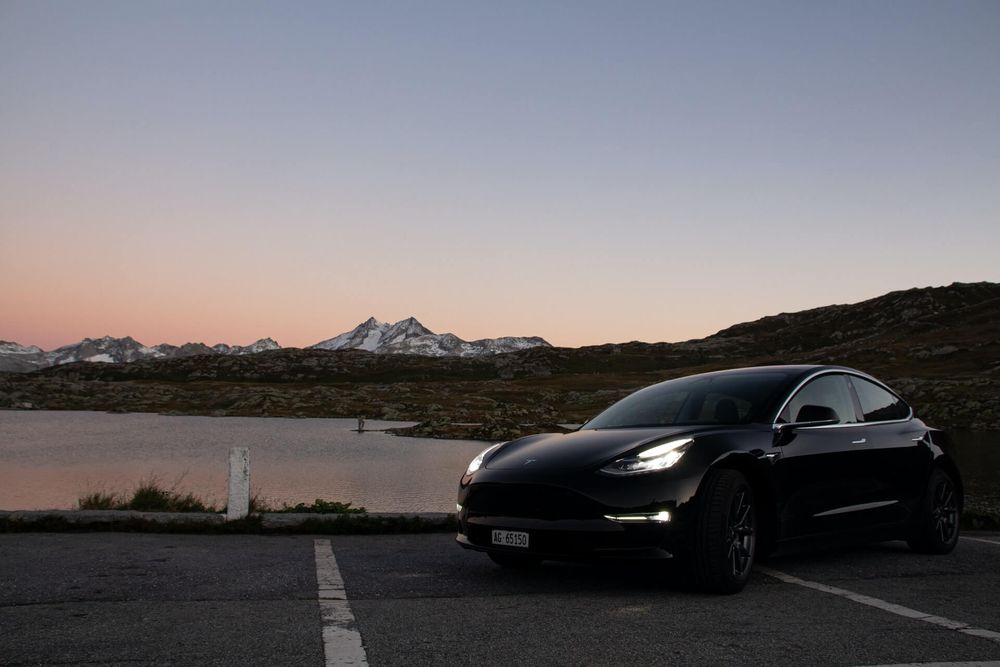The little havanese likes to sit in a window of the one-story house, looking out onto the quiet street in Boca Chica, Texas. From its perch, it can watch neighbors passing by, glossy black grackles pecking in the grass, and palm trees swaying in the breeze. The dog’s presence is usually a sign that its owner, Elon Musk, is in town. That, and the Tesla parked in the driveway.
There are other, more conspicuous signs that Musk has gotten comfortable in this remote part of South Texas, near the U.S.-Mexico border. The hulking manufacturing tents just down the road. The steel strewn on the ground. The mechanical hum of machinery as workers in hard hats assemble spaceship after spaceship.
Musk has built a shipyard here. This is the staging area for SpaceX’s founding dream, the reason Musk got into the rocket business: to put human beings on Mars, not to drop a flag and go home, but to stay and survive. That Mars might be a terrible place to live is irrelevant. Musk believes that humankind should exist on more than one planet, and that we should start soon.

Musk intends to make a leap in that direction with Starship, a reusable spaceship-and-rocket system that he hopes will redefine travel—first by jetting from continent to continent, then from Earth to the moon, and finally from Earth to Mars. At a glance, this plan sounds like the kind of idealistic dream you’d expect from a wealthy entrepreneur who is often compared, without irony, to a comic-book hero. Or maybe, depending on your view of Musk, a self-aggrandizing fantasy from one of the most trollish, publicly chaotic figures of our time. But the fantasy is swiftly crystallizing into a feasible reality. The South Texas shipyard is churning at all hours. A Starship prototype finally stuck its landing last night (without bursting into flames minutes later). And the world’s top space agency believes in the effort too.
NASA has given SpaceX a $2.9 billion contract to develop a version of Starship to land American astronauts on the surface of the moon for the first time since the Apollo program. Jeff Bezos’s rocket company, Blue Origin, which partnered with a few longtime NASA contractors to bid on the same job, has formally challenged NASA over its decision to choose a single contractor. The agency has put the contract on hold for the time being, but it appears that the next visitors to the moon—including, NASA has promised, the first woman and person of color—could be flying SpaceX.

America has now tied one of its biggest space dreams to SpaceX, which means the country has tied it to Elon Musk, the company’s CEO and chief engineer. To build Starship, the billionaire has overhauled Boca Chica into his private Cape Canaveral, and has started referring to the area as “Starbase.” He has mocked Bezos and other competitors; he has chafed at federal oversight. He has also made Boca Chica the one place on Earth where the dream of getting to Mars feels most real. The Starship work that SpaceX is doing now, if it pans out, will be the company’s most impressive achievement. More impressive than landing rocket boosters upright on a ship in the ocean. More impressive than enveloping the planet in a bubble of hundreds of internet satellites. More impressive than launching astronauts to the International Space Station, and bringing them home safely.
Musk now says that Starship could land people on the moon in 2024, and take them to Mars within the decade. He is famous for his aspirational, and usually unrealistic, timelines. But the Starship project could bring humankind closer than it has been in 50 years to reaching another world again. If the idea of SpaceX sending people to the moon, let alone Mars, seemed like an abstraction a decade ago, then a decade from now, it might seem like a given.








